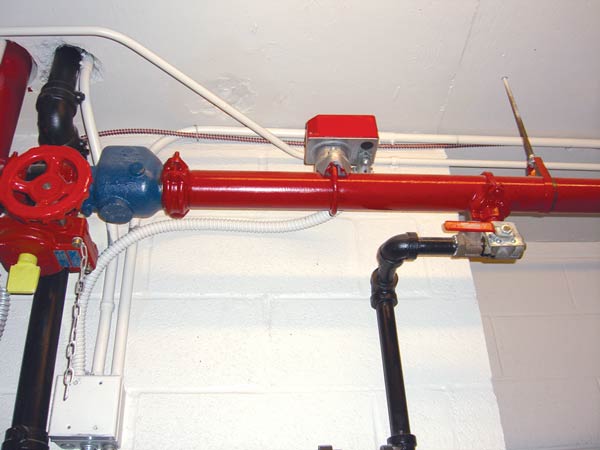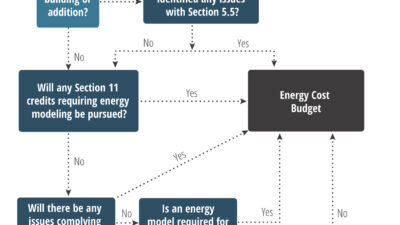NFPA 13-2019 was updated and reorganized in many ways. Here’s what you need to know to keep up with the new edition.

The 2019 edition of NFPA 13: Standard for the Installation of Sprinkler Systems has been completed and was voted on at the 2018 NFPA Annual Meeting. There were a limited number of technical issues that were presented at the meeting. At the August 2018 Standards Council meeting, the Council voted to issue NFPA 13 with an effective date of Sept. 3, 2018.
Leading up to the development of the 2019 edition, the Technical Correlating Committee established a reorganization task group. The work of the task group resulted in a recommendation that the standard be reorganized. The goals of the reorganization include:
Provide a more logical sequence for the presentation of information and requirements for users not intimate with the current format.
Address current redundancies and gaps in requirements for protection of storage.
Address dispersal of requirements throughout the standard that deal with a common subject.
Reorganize Chapter 8.
The recommendations of the task group were accepted and were incorporated into NFPA 13-2019. The reorganized NFPA 13 is arranged as noted below.
Chapters 1 and 2 continue to address the administrative requirements and referenced publications with no reorganizational changes.
Chapter 3, which addresses definitions, has been reorganized. The definitions currently are divided into subcategories within the chapter and items are alphabetized within the subcategory. If you are not aware of the subcategory where a definition would reside, it can be difficult to find that definition. In the 2019 edition, all definitions are now in alphabetical order and the subcategories have been deleted.
Chapter 4 contains the general requirements for sprinkler systems. These requirements are currently scattered among Chapters 5, 8, and 23 of the 2016 edition.
Chapter 5 contains the requirements for water supplies that currently reside in Chapter 24.
Chapter 6 contains the requirements for underground piping currently in Chapter 10.
Chapter 7 contains the requirements for system components and hardware.
Chapter 8 addresses system types and requirements. The current Chapter 8 has been split into multiple chapters, and the current requirements in Chapter 7 have been moved to the new Chapter 8.
Chapter 9 includes sprinkler-location requirements that are currently in Chapter 8. Allowances for sprinkler omissions and protection for special situations have been relocated to the new Chapter 9. The protection area per sprinkler and spacing criteria also have been relocated to Chapter 9.
Chapters 10 through 15 contain the design and installation criteria for the various types of sprinklers that are currently located within Chapter 8.
Chapters 16 and 17 address piping, valves, and appurtenances as well as hanging and support requirements.
Chapter 18 addresses seismic design requirements and Chapter 19 provides design and calculation requirements.
Chapter 20 provides general requirements for storage and Chapters 21 through 25 address specific storage requirements and in-rack sprinkler requirements.
Chapter 26 addresses special-occupancy requirements. System testing is addressed in Chapter 27. Chapter 28 addresses modifications to existing systems and 29 addresses marine systems. Chapter 30 addresses system inspection, testing, and maintenance.
There also are technical changes to the standard, as there are in every revision cycle. The committees have tried to limit significant technical changes during this cycle due to the major reorganization.



